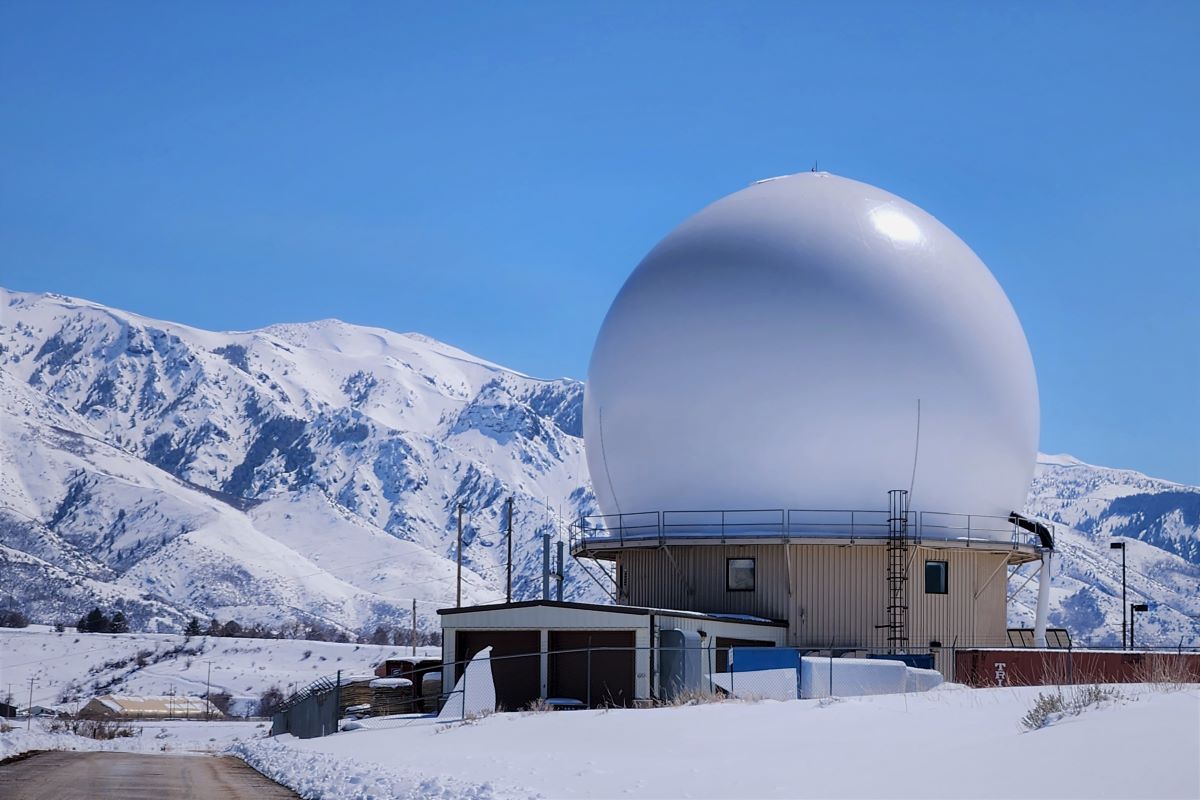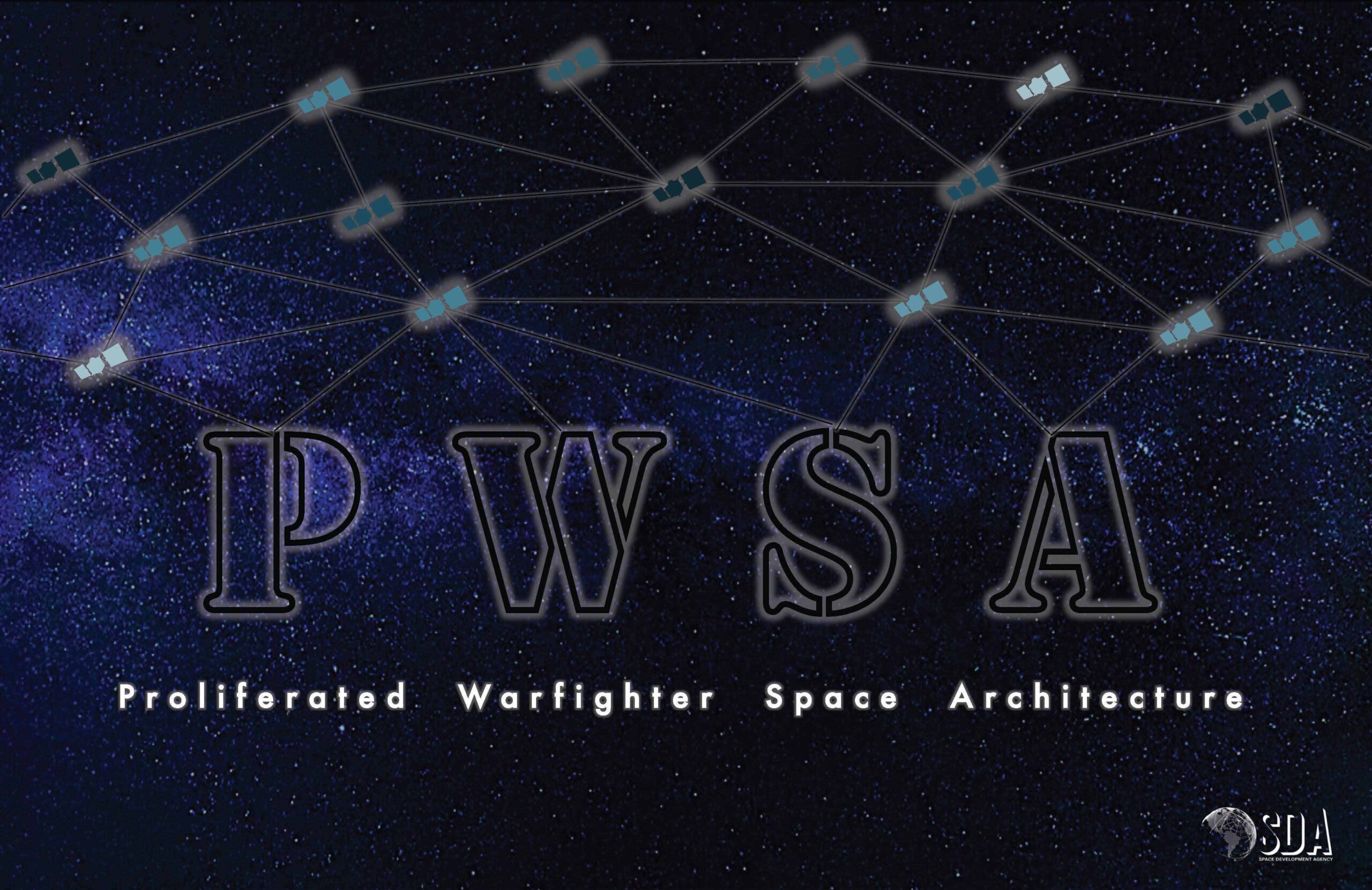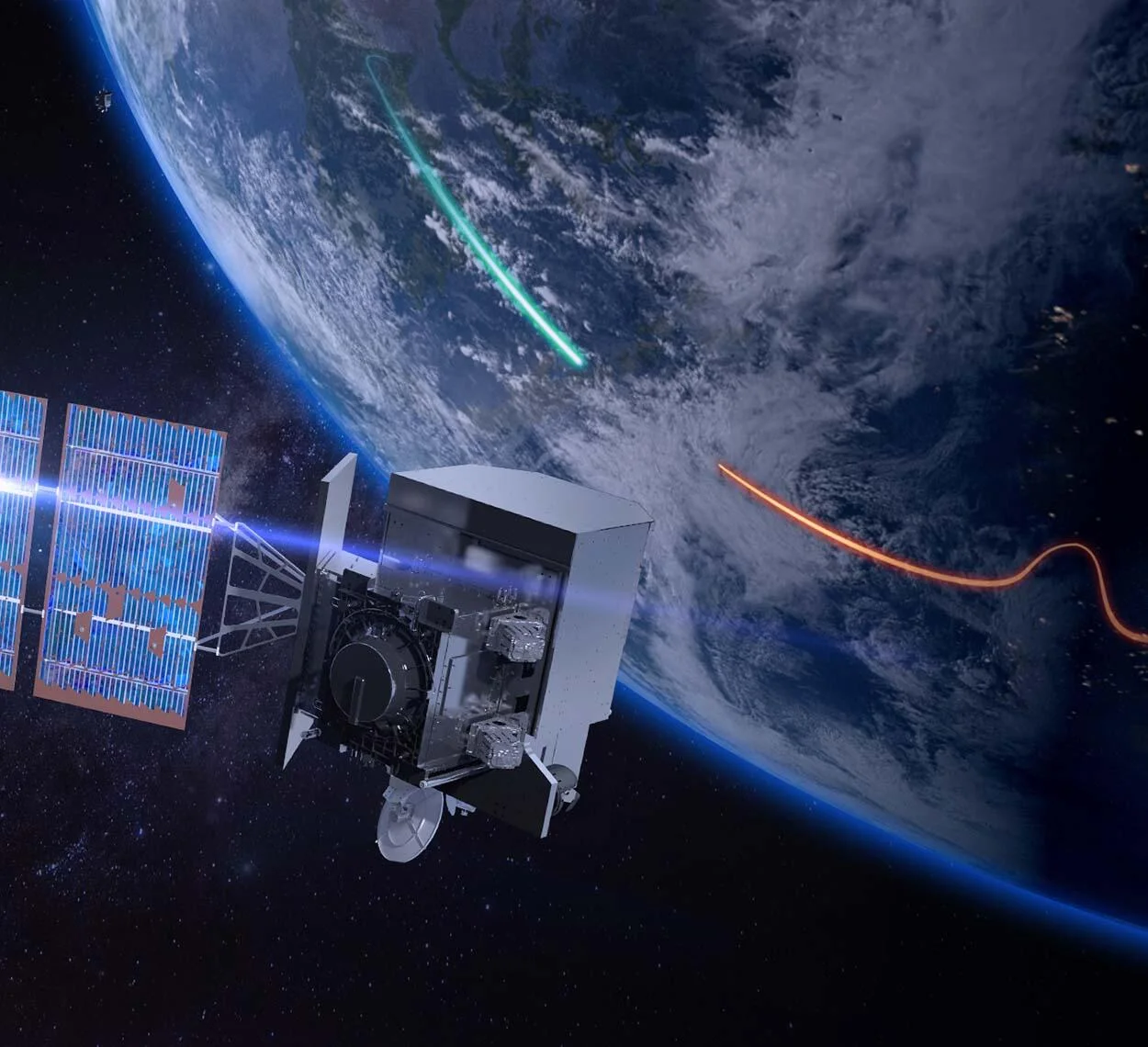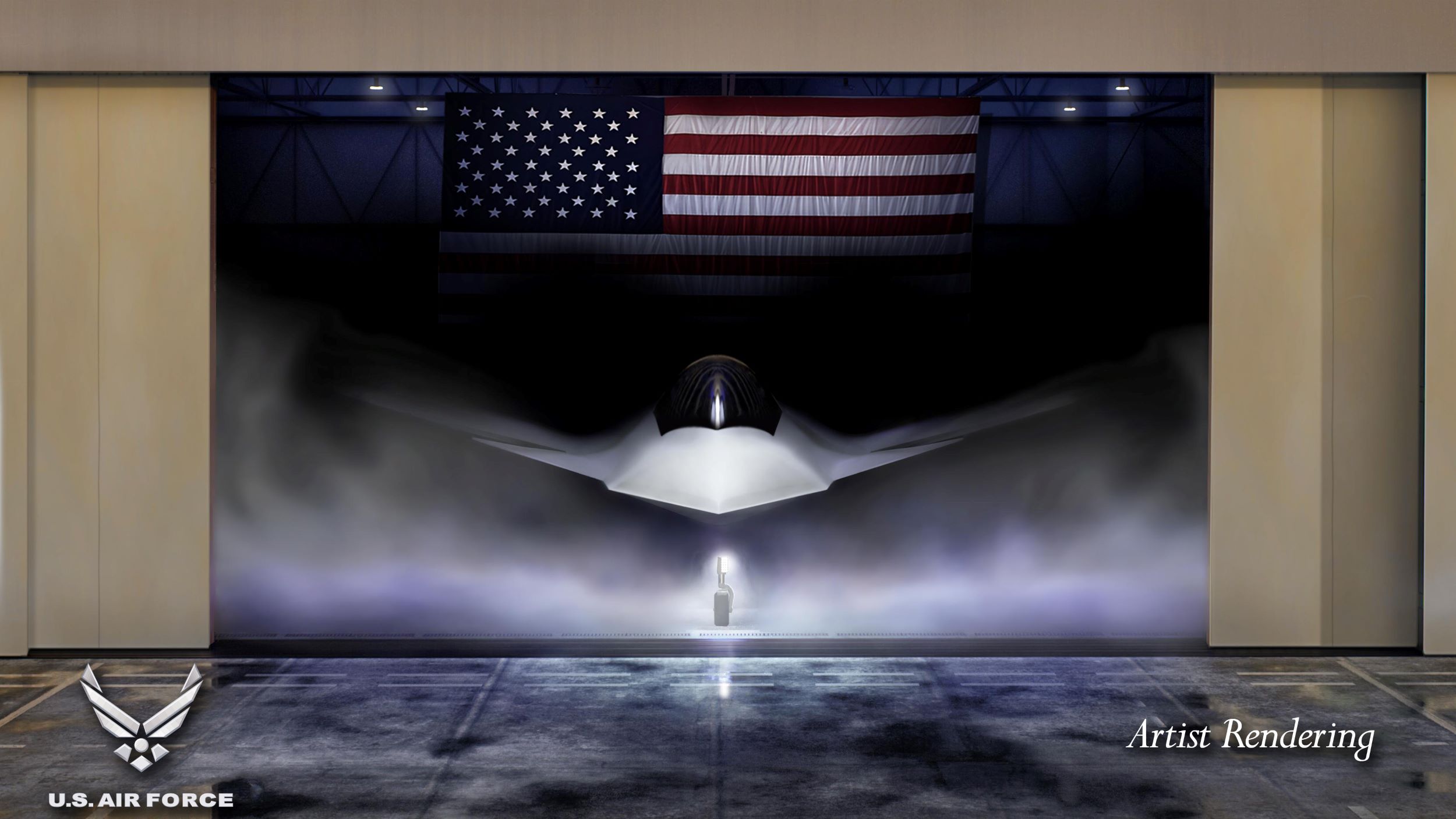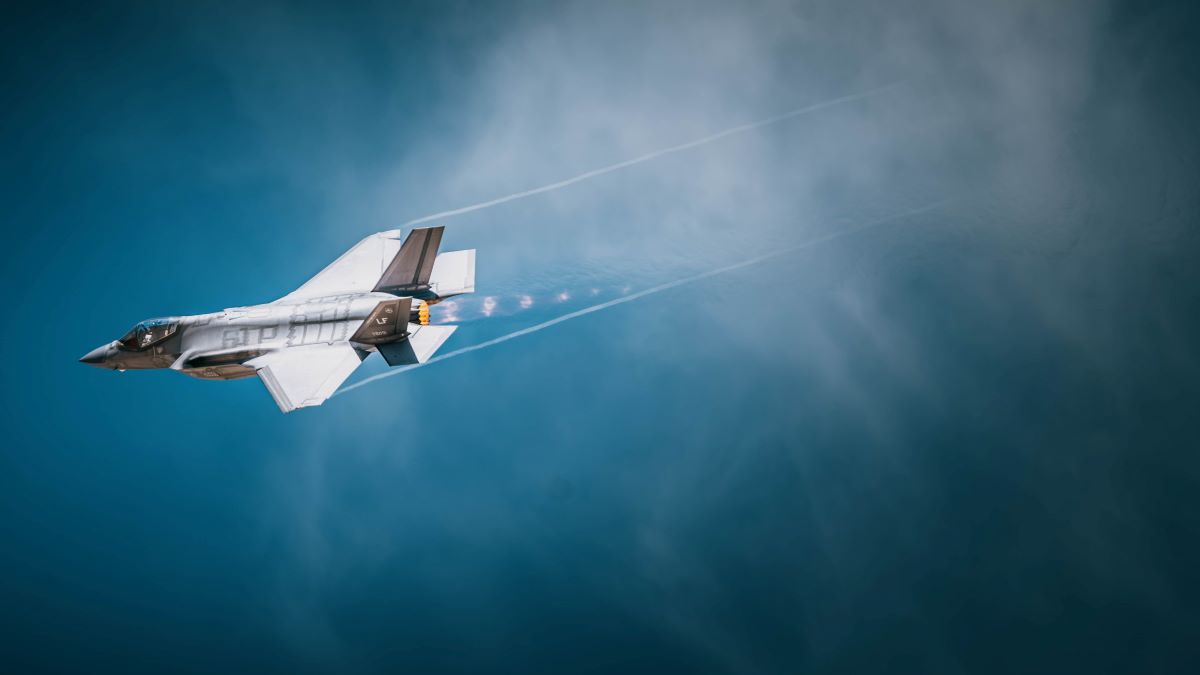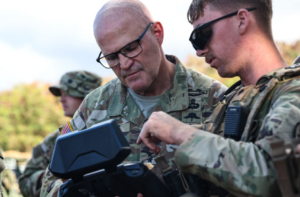The U.S. Air Force plans to award Lockheed Martin‘s [LMT] site near Syracuse a five-year contract for sustainment of the AN/FPS-117 Atmospheric Early Warning System (AEWS) radar, originally developed by General Electric [GE].
“A sources sought notice posted in September 2024 was issued to determine potential contractors capable of addressing the combined software and hardware issues,” the Air Force Life Cycle Management Center’s AEWS program said in a Thursday business notice. “While responses were received from several vendors, none of them were capable of sustaining the systems that are proprietary technologies to [Lockheed Martin]. Where possible, the government has identified certain assemblies/systems of the FPS-117 Radar that are not considered proprietary technology to [Lockheed Martin]. Those systems will be procured through another contract vehicle which will be competed.”
“Given that the government does not own the rights to the assemblies/systems identified, and that [Lockheed Martin] has proprietary rights over those systems, a sole source award to [Lockheed Martin] is warranted,” the notice said.
The Air Force has said it may issue a five-year Advanced Range and Radar Array Key Instrument for Sustainment (ARRAKIS) solicitation this year to improve the performance of the FPS-117 (Defense Daily, Nov. 26, 2024).
Last November, Air Force Materiel Command (AFMC) held an ARRAKIS industry day at the FPS-117 engineering facility at Hill AFB, Utah. The Air Force is looking to sustain the FPS-117 until at least 2035.
The 250-mile range, three dimensional phased array antenna radar, able to detect objects at 100,000 feet, has 27 sites and is part of the U.S./Canadian AEWS to warn of intrusions into North American airspace by aircraft, missiles, and now balloons over the North Pole. Canada’s portion is the North Warning System (NWS).
NWS, originally designed to counter Soviet bombers, covers nearly 3,000 miles across North America from the Aleutian Islands in southwestern Alaska to Baffin Island in northeastern Canada, and U.S. Northern Command has spoken of the need to move to longer-range, over-the-horizon radar to counter not only aircraft, but cruise missiles and small drones.
For ARRAKIS, AFMC is looking for contractors with hardware/software radar design tech refresh experience. Contractors attending last November’s industry day were SRC, Inc.; Select Engineering Services; Decryptor, TSS Solutions; and Kihomac.
Lockheed Martin is to continue its sustainment of the FPS-117’s proprietary mission software, the Monopulse Secondary Surveillance Radar, the Signal Processor Data Processor, and the Digital Array Row Transceivers.
“Proprietary designs driven by contractor business strategies hinder sustainment and significantly impact weapon system performance,” according to an Air Force briefing slide from last November’s industry day. “The complexity of logistics has compromised the level of support, increasing the difficulty of performing technical and emergency services when needed.”
The maximum annual number of FPS-117 “emergencies”–temporary radar malfunctions–is “four to five,” the AEWS program said last year. “Two last year, three or four the year before. Temperature can get to -70F or colder at the sites. That impacts the hardware.”
Emergency service “is essential,” the AEWS PMO said, as “techs may not have the tools to figure out what exactly is the problem,” if the radar stops rotating.
“That’s when contractor would be called upon,” the AEWS PMO said. “Down time can only be less than a designated number of hours per year. When radars go down, the four star of NORAD is immediately notified.”
A fiscal 2024 North American Aerospace Defense Command/U.S. Northern Command (NORAD/NORTHCOM) unfunded priorities list to Congress said that 1980s radars and earlier will begin reaching the end of their service lives this year and that these radars “will begin to fail at increasing rates.”
Such radars include the 1970s-era Westinghouse, now Northrop Grumman [NOC], TPS-75 and the FPS-117.
The Air Force said that it has awarded Lockheed Martin $472 million so far under the Three-Dimensional Expeditionary Long-Range Radar program for 19 TPY-4 radars to replace the TPS-75s (Defense Daily, Apr. 22). The contract includes $100 million added by Congress for four TPY-4s for NORAD/NORTHCOM.
